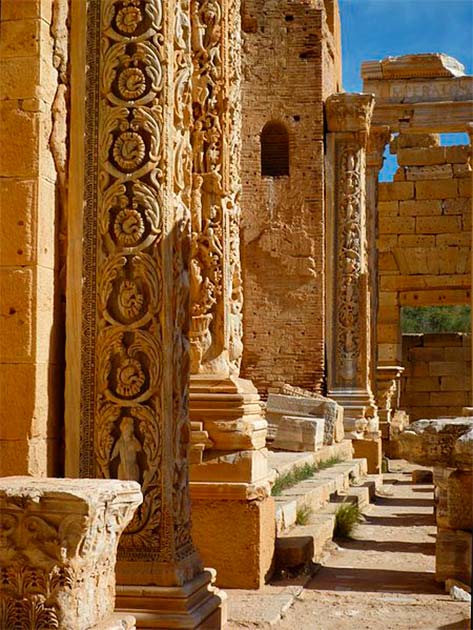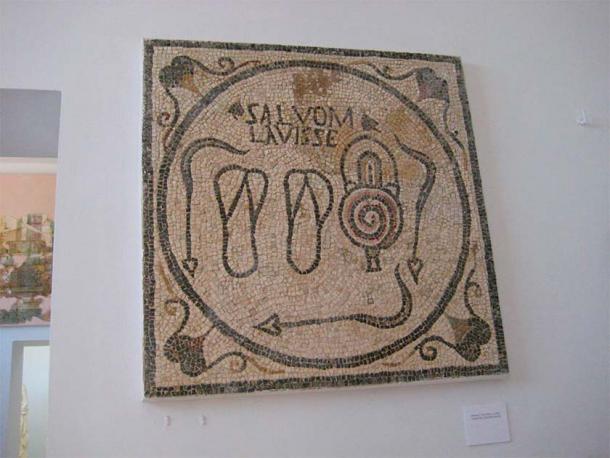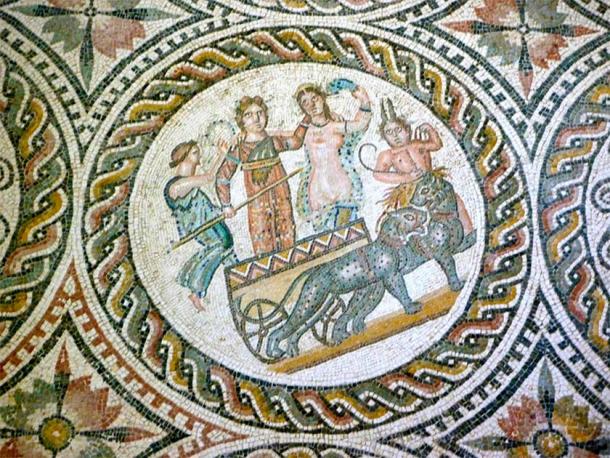
Stunning Sabratha: Discovering an Ancient Roman Port Through Its Ruins
Hidden away on the Mediterranean coast, 70 km west of Tripoli, lie the captivating ruins of Sabratha. This ancient Roman city was once renowned for its impressive architecture, artistic achievements, and intellectual output. Today, Sabratha’s crumbling remains offer both historians and visitors a glimpse into the city's rich history and cultural legacy.
Unraveling Sabratha’s Rich Ancient History
Sabratha, located on the Mediterranean coast about 70 km west of Tripoli, is an archaeological site that was once a thriving Roman city during the 2nd and 3rd centuries AD. Although the oldest known record of Sabratha dates back to its founding in the 5th century BC by Phoenician traders, specific written records from that time period may not exist.
The earliest surviving written record of Sabratha is from the 2nd century AD, during the Roman period, in which the city is mentioned in the writings of the Roman historian, Sallust. Sabratha was an important center for trade and culture, with its prosperity based on agriculture, fishing, and commerce. Its intellectual and artistic achievements are also well-documented, with renowned poets and scholars like Damascius having once called Sabratha home.
Strategically located on the coast, the city was an important port and trading center for goods such as olive oil, wine, and textiles, and its fertile land allowed it to produce crops such as wheat, barley, and vegetables.

Ancient archaeological site. Ruins of the city of Sabratha, Libya. A UNESCO World Heritage Site since 1982. (alekosa/Adobe Stock)
Exploring the Architectural Marvels of Ancient Sabratha
Sabratha's ancient ruins are a treasure trove of fascinating structures and artifacts. Among the highlights are the well-preserved theater, which could seat up to 5,000 people and was used for performances of drama and music. The forum, several temples, and a series of public baths were also essential components of Roman social life. The mosaics found throughout the ruins depict scenes from mythology, daily life, and the natural world.
The Severan Basilica, built in the 3rd century AD, is one of the most impressive structures in Sabratha. Measuring roughly 50 by 23 meters (164 by 75 ft), the basilica has a large central nave and two side aisles supported by a series of columns. The interior of the basilica is adorned with elaborate stucco work and frescoes, as well as several marble statues and inscriptions.

Close-up of the Severan Basilica. (Franzfoto/CC BY-SA 3.0)
Historians believe that the basilica served a variety of purposes, including religious ceremonies, legal proceedings, and public gatherings, and may have even been used as a venue for the popular Roman games. Other notable structures in the ruins of Sabratha include the Temple of Isis, the Temple of Serapis, and the House of the Gladiator. The House of the Gladiator is named after the mosaic floor depicting a gladiator battle that was found inside. The city also had several public baths, which were an important part of Roman social life.

Mosaic from theater baths. (SashaCoachman/CC BY-SA 3.0)
Conquering Sabratha: From the Vandals to the Byzantine Empire
There were several factors that contributed to Sabratha's decline over time. Throughout its history, Sabratha was conquered multiple times.
In the 5th century AD, the Vandals, a Germanic tribe from modern-day Germany, conquered Sabratha. The Vandals were a powerful force that swept across Europe and North Africa, sacking cities and establishing their own kingdoms. They were originally invited by the Roman Empire to help defend the region against other invading tribes. However, the Vandals soon turned on the Romans and launched a series of attacks on the cities of North Africa, including Sabratha.
In the 6th century AD, Sabratha was conquered by the Byzantine Empire, which was the eastern half of the Roman Empire. The Byzantine Empire had been established in the aftermath of the Roman Empire's division in the late 4th century AD.
Under Byzantine rule, Sabratha was incorporated into the Praetorian prefecture of Africa, which was one of the empire's administrative divisions. The Byzantines ruled the city for several centuries, during which time they made some changes to the city's architecture and infrastructure.
One of the most significant changes was the construction of a new fortress on the edge of the city overlooking the sea. The fortress was built as a defensive measure to protect the city from attacks by sea, and it was equipped with artillery and other weapons.
The Byzantines also built a number of churches in Sabratha, including the Church of St. Peter and St. Paul, which was one of the largest and most important churches in the city. The church was built in the Byzantine style, with a large central dome and several smaller domes and apses. It was decorated with elaborate mosaics and frescoes, many of which have since been lost.
- Libyan Civilians Take Up Arms and Form Protective Shield Around Ancient Ruins of Leptis Magna
- 10 Shocking Facts about the Ancient Romans

Mosaic from the Temple of Liber Pater (detail), Triumph of Bacchus and Ariadne, Roman Museum of Sabratha, Libya. (Franzfoto/CC BY-SA 3.0)
Despite these changes, Sabratha remained a largely Roman city under Byzantine rule. The city continued to be an important trading center, and its economy was based on agriculture, fishing, and commerce. However, the Byzantine period also saw the rise of Christianity in the region, and Sabratha became an important center of Christian worship and scholarship.
Dying a Slow Death: Sabratha After the Arab Conquest
In the 7th century AD, Sabratha was faced with the Arab conquest. Under the leadership of Muslim general Amr ibn al-As, the Arab armies swept across North Africa, including Sabratha, which gradually became Islamized and predominantly Muslim. While the city continued to exist under Muslim rule, this political instability was the beginning of the end for Sabratha.
Changes in trade routes and the decline of the Roman Empire greatly impacted Sabratha's prosperity and importance as a trading center. Without as many travelers, Sabratha’s economy took a hard hit. Natural disasters such as earthquakes and floods also played an unfortunate role in the city's downfall.
The city went through several periods of decline and revival throughout its history, but never regained the prosperity and power it once had during the Roman period. Historians believe the city was finally abandoned sometime around the 16th century.
Sabratha Rediscovered and Restored
The ancient ruins of Sabratha in Libya have been extensively excavated and restored since being rediscovered by European archaeologists in the early 20th century during the colonial period. Today, Sabratha is a popular tourist destination that attracts visitors from all over the world who are eager to discover the city's rich history and cultural legacy.
Though parts of Sabratha are still waiting for restoration, the ruins remain a must-see destination, offering adventurers the opportunity to marvel at the impressive Roman architecture and learn more about the fascinating history of this once-great city.
Top image: Ruins of the Roman Theatre of Sabratha city, Libya. A UNESCO World Heritage Site since 1982. Source: E. Michael James/Adobe Stock
By Lex Leigh
References
African World Heritage Sites. (n.d.). Archaeological site of sabratha - libya. Available at: https://www.africanworldheritagesites.org/cultural-places/frontiers-of-the-roman-empire/sabratha.html
Britannica, T. Editors of Encyclopedia. 2011. Sabratha. Available at: https://www.britannica.com/place/Sabratha
Mark, J. J. 2019. Sabratha. Available at: https://www.worldhistory.org/Sabratha/
Mohammed, L. 2021. The city of Sabratha. Available at: https://libyaobserver.ly/culture/city-sabratha
UNESCO, 2021. Ancient Sabratha. Available at: https://smarthistory.org/ancient-sabratha/
UNESCO World Heritage Centre. (n.d.). Archaeological site of sabratha. Available at: https://whc.unesco.org/en/list/184/















